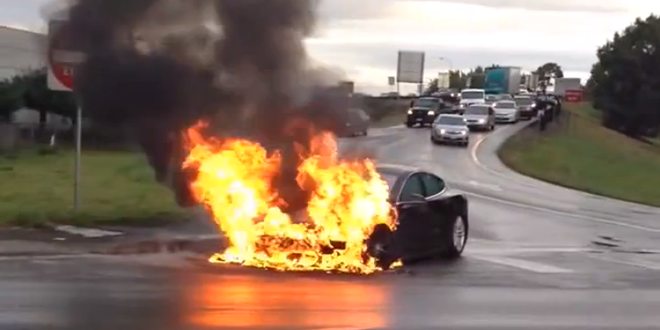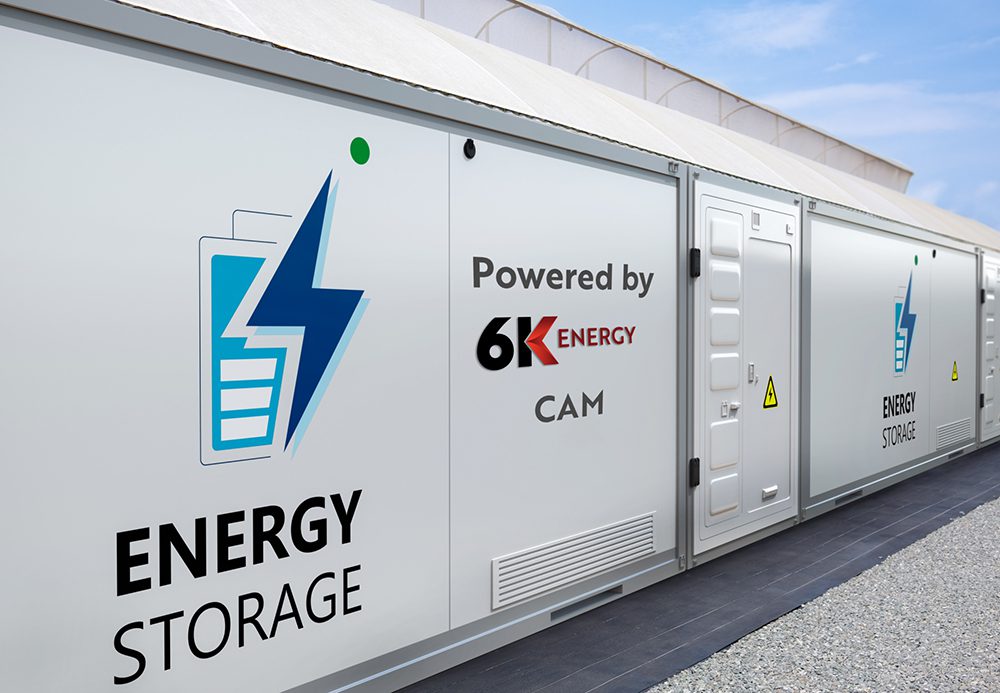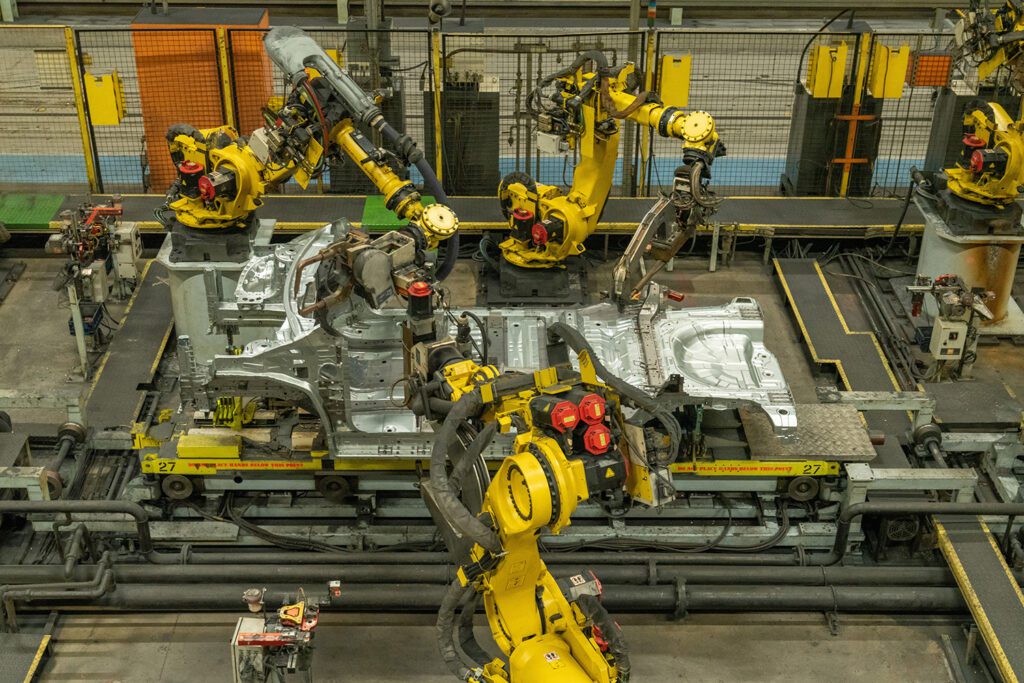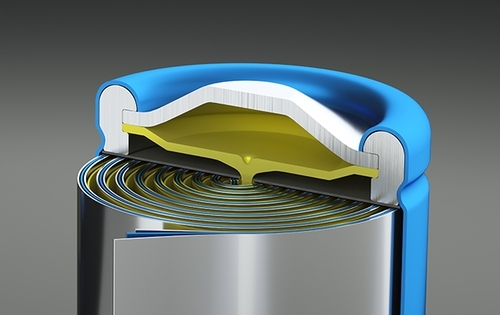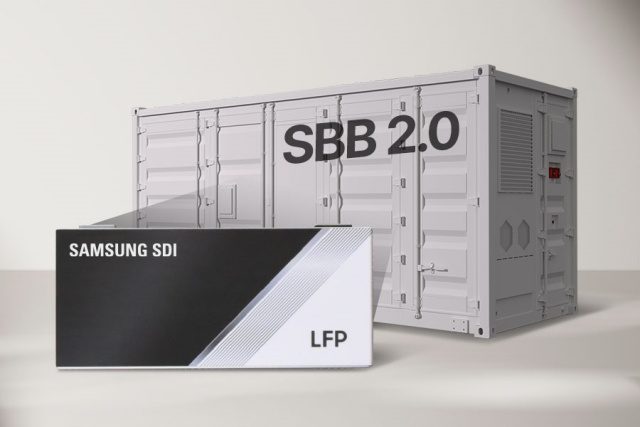The first fire was easily dismissed as an isolated incident. The second was rather comical, with a drunken driver sending his Tesla flying through the air and wrapping it around a tree, and a spicy video complete with a profane Spanish voiceover. The third Model S fire in six weeks seems more ominous, as the conflagration engulfs the media, and it’s plain that Tesla faces a serious public relations problem at the least.
Most of the press reaction has been predictable. The EV media, and most of the automotive mags, have focused on putting the fires in perspective. Motor Authority was one of many sites that pointed out that there’s no way to store large amounts of energy without a risk of fire and explosion (save perhaps “distilled unicorn tears”). 187,000 ICE vehicles caught fire in the US in 2011, killing 270 people, according to the National Fire Protection Association. Automotive News calculated that, based on the number of cars on the road, that works out to one fire per 6,333 Model S, compared to one fire per 1,350 vehicles overall (although this doesn’t take into account the number of miles driven, or the age of the vehicles).
Naturally, the anti-EV media is celebrating Christmas a month early. The Boycott Tesla web site claims that “social media shows there were many more fires,” (no links provided) and that Elon Musk has canceled a planned cross-country trip in a Model S “in fear of his life.” It also speculates, as have commenters on several media sites, that the Obama administration is conspiring to cover up the Tesla fires (it seems that fluoride is also somehow involved). Visceral EV-hater Neil Cavuto also made implications of a government whitewash in a Fox News segment that was riddled with falsehoods, as David Herron explains on his Long Tailpipe site.
We’d expect some inaccuracies on the many mainstream media outlets that are covering the story – most still have only a hazy idea of how electric vehicles work. More disappointing are errors like the one in the normally tech-savvy Wired, which correctly pointed out that neither the Nissan LEAF nor the Chevrolet Volt has yet experienced a fire on the road, but then erroneously asserted that “all three vehicles use the same lithium-ion battery chemistry.” In fact, there are many different lithium-ion battery chemistries in use, and the battery packs used in the three vehicles differ in several ways besides their placement in the car.
Wall Street shrugged off the first fire, and seems to have ignored the second, but it has definitely taken notice of the third. TSLA shares had already plunged earlier in the week after an unspectacular quarterly report. Just when they might have been expected to bounce back a bit, news of the Nashville fire broke, and the stock price stayed in the breakdown lane.
Several sites have published good overviews of the issue, including Green Car Reports and Plugincars.com.
This story is far from over. The NHTSA has now announced that it will make a full investigation. Tesla and its charismatic leader need to act quickly. As GM did after a couple of Volts caught fire in crash testing, Tesla will probably announce some safety improvements, perhaps thicker plating on the bottom of the battery pack, whether it’s necessary from an engineering standpoint or not. “It appears there’s inadequate shielding on the bottom of these vehicles,” the executive director of the Center for Auto Safety told Bloomberg. “Road debris is a known hazard to the undercarriage of vehicles.”
Sources: Automotive News, Axis of Oversteer, Motor Authority, Long Tailpipe, Green Car Reports, Plugincars.com, ABC News, Forbes, Bloomberg, Wired




